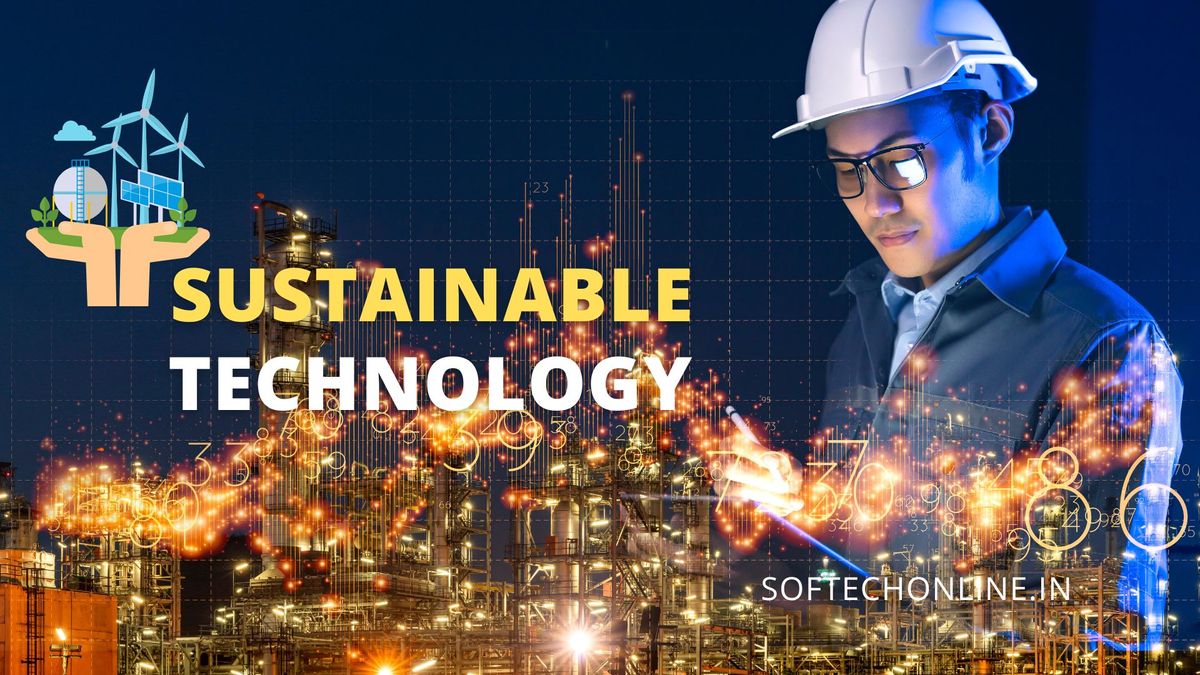Sustainable Technology: Building a Greener Future
As the world grapples with the effects of climate change, there is an increasing urgency to develop and implement sustainable technologies. These technologies aim to reduce our carbon footprint, minimize waste, and promote a greener future for generations to come. In this blog post, we will explore some of the key areas where sustainable technology is making a significant impact.
Renewable Energy Solutions
One of the most prominent areas of sustainable technology is renewable energy. Traditional energy sources such as fossil fuels contribute to greenhouse gas emissions and are finite resources. Renewable energy sources, on the other hand, harness the power of natural resources such as sunlight, wind, and water to generate electricity.
Solar power is a prime example of a renewable energy solution that has gained significant traction in recent years. Solar panels convert sunlight into electricity, reducing reliance on fossil fuels and lowering carbon emissions. Wind turbines are another popular form of renewable energy, harnessing the power of wind to generate electricity.
Investments in renewable energy technologies have been steadily increasing, with governments and businesses recognizing the long-term benefits they offer. By transitioning to renewable energy sources, we can reduce our dependence on non-renewable resources and mitigate the effects of climate change.
Green Data Centers
The rise of the digital age has led to a surge in data centers, which consume vast amounts of energy and contribute to carbon emissions. However, the tech industry is now focusing on building green data centers that prioritize energy efficiency and sustainability.
Green data centers employ various strategies to reduce energy consumption. These include using energy-efficient hardware, optimizing cooling systems, and implementing virtualization techniques to maximize server utilization. Additionally, many data centers are now powered by renewable energy sources, further reducing their environmental impact.
Furthermore, the concept of “circular economy” is gaining traction in the tech industry. This approach emphasizes reducing waste and maximizing resource efficiency. Data centers are exploring ways to repurpose waste heat generated by servers, for example, by using it to heat nearby buildings or generate hot water.
The Concept of Circular Economy
The concept of a circular economy goes beyond individual technologies and encompasses a holistic approach to sustainability. In a circular economy, resources are kept in use for as long as possible, and waste is minimized through recycling and repurposing.
In the tech industry, the concept of a circular economy is being applied in various ways. For example, companies are designing products with longevity in mind, using durable materials and offering repair and upgrade options. This reduces the need for frequent replacements and minimizes electronic waste.
Additionally, recycling programs for electronic waste are becoming more prevalent. These programs ensure that valuable materials are recovered from discarded devices and reused in the manufacturing process. By closing the loop and reducing waste, the tech industry can contribute to a more sustainable future.
Conclusion
Sustainable technology is playing a vital role in addressing the challenges posed by climate change. From renewable energy solutions to green data centers and the concept of a circular economy, the tech industry is actively working towards a greener future.
By embracing sustainable technologies, we can reduce our carbon footprint, conserve resources, and create a more sustainable and resilient world for future generations.

5